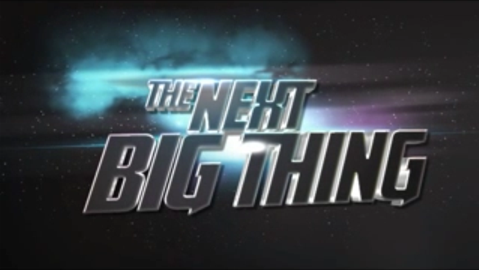


The way it works is simple - all transactions are recorded in the public ledger, and verified by consensus of a majority on the system. The Blockchain solved all of the above and more by proposing a decentralized construct that would not only automate and simplify ledger maintenance, but also address the equally critical element of transaction verification. As banks moved towards modernity, this mutual distrust predicated the need for third parties that could step in to verify transactions and prevent double spending in large centralized networks. It is after all reasonable to assume a level of mutual distrust between parties trading a commodity as precious as currency, and nothing can realistically preclude the due diligence associated with reliable record keeping. Duplication of resources and effort are still understood to be core characteristics that banks simply have to live with. Ledgers maintained by banks have always been centralized, in that two banks involved in a transaction would maintain independent and duplicate ledger entries for the same transaction. With one fell swoop, the technology provided a solution to some of banking's age old, and previously unaddressed challenges.įor as long as banking has existed as an institution, it has had to deal with ledgers to record transactions between parties. While Bitcoin took a while to come in to its own as a decentralized digital currency, the merits of the underlying Blockchain technology were immediately apparent. Kang explains, "Using a conducive filler scaffold, we have developed an anode that boosts the battery performance while simultaneously allowing reversible energy storage.This strategy can serve as a guide for other transition metal selenides with high surface areas and stable nanostructures, with applications in storage systems, electrocatalysis, and semiconductors.Fast forward approximately three months, and the technology was implemented as open source code. The team is excited about the potential implications of their accomplishment.
#The next big thing in technology full
When combined with lithium manganese (III,IV) oxide (LiMn 2O 4, a commonly used cathode material) in a full cell, the team observed that MnSe ⊂ 3DCNM-1.92 remarkably continued to demonstrate superior electrochemical properties, including superior lithium ion and electron transport kinetics! Among these, they found MnSe ⊂ 3DCNM-1.92 to exhibit the best cycle stability and rate capabilities. The researchers were able to synthesize a variety of MnSe ⊂ 3DCNM materials. In the newly developed anode material (which they termed "MnSe ⊂ 3DCNM"), the carbon nanosheet scaffold endowed the anchored MnSe nanoparticles with numerous advantages, such as a high number of active sites and an enhanced contact area with the electrolyte and protected them from drastic volume expansion. In an effort to prevent this volume change, the aforementioned researchers developed a simple and low-cost process: they uniformly infused the MnSe nanoparticles into a three-dimensional porous carbon nanosheet matrix (or 3DCNM). Kang explains, "We focused on manganese selenide (MnSe), an affordable transition metal compound known for its high electrical conductivity and applicability in developing semiconductors and supercapacitors- as a possible candidate for the advanced LIB anode." However, MnSe undergoes a drastic volume change (by almost 160%) during the charging-discharging cycles, which not only reduces the performance of the electrode but also raises safety issues. Jun Kang of Korea Maritime and Ocean University, along with his colleagues from Pusan National University, Republic of Korea, has designed an anode that, owing to its unique structural features, overcomes many of the existing barriers of anodic efficiency. In search of a better anode material, Dr. However, the anodes of LIBs in use today have multiple inadequacies, ranging from low ionic electronic conductivity and structural changes during the charge/discharge cycle to low specific capacity, which limits the battery's performance. Lithium-ion batteries (LIBs), which are a renewable source of energy for electrical devices or electric vehicles, have attracted much attention as the next-generation energy solution.


 0 kommentar(er)
0 kommentar(er)
